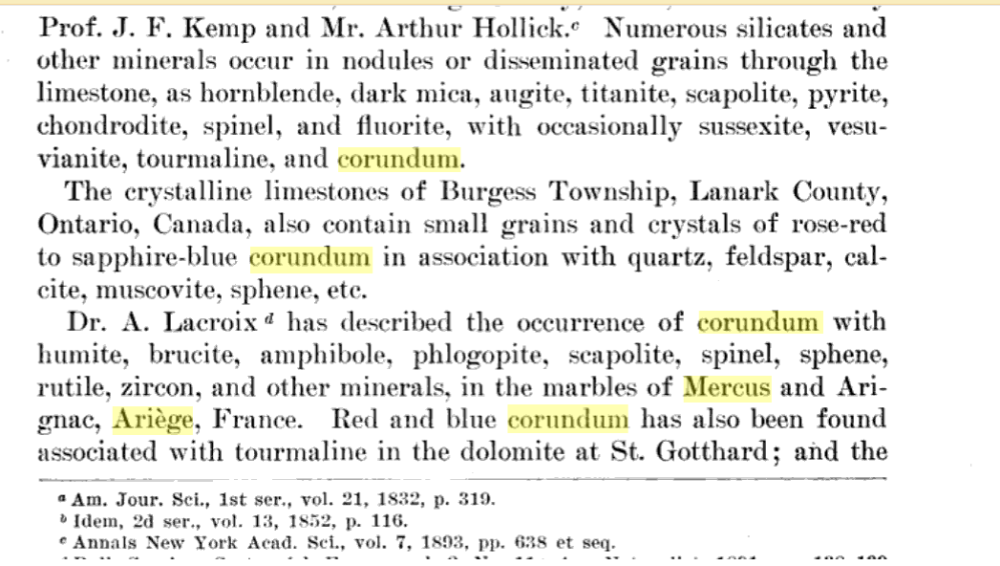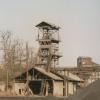Quelques-uns des principaux sujets de Géoforum

▲ Bourse minéraux et fossiles à PARIS ▲ |
-
Compteur de contenus
7924 -
Inscription
-
Dernière visite
Type de contenu
Profils
Forums
Galerie
Blogs
Boutique
Tout ce qui a été posté par trenen23
-
Cedrick,
Ça t'es possible de m'en dire plus sur ces phosphohedyphanes et leur contexte. Je pense à la louche que c'est plus ou moins sur Asprière, mais j'ai tellement appris de chose sur ces coin depuis que j'y suis passé en touriste avec l'inventaire dans les années 80....
A priori je ne pense pas repasser dans ces coins avant un paquet d'années.
Merci, amicalement, Serge





